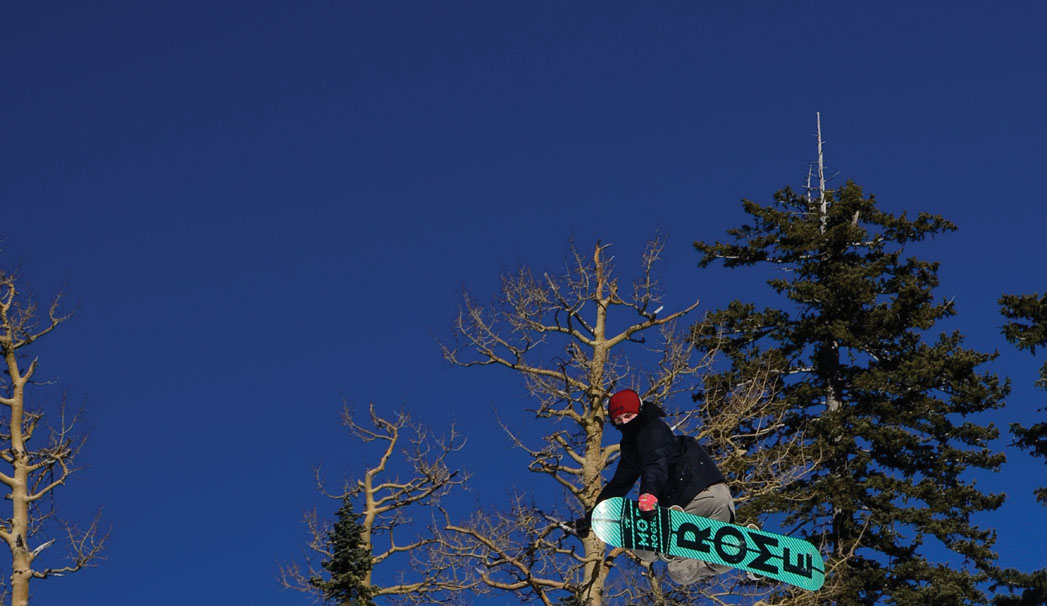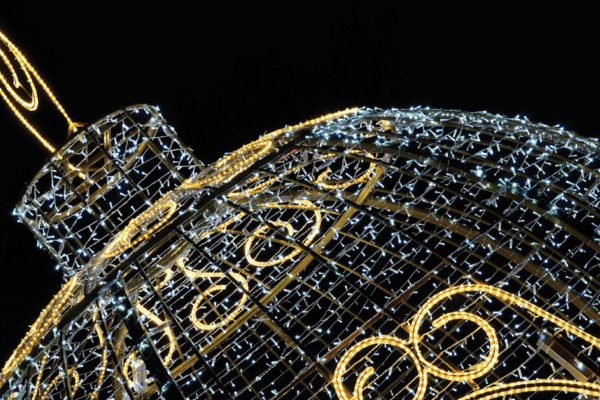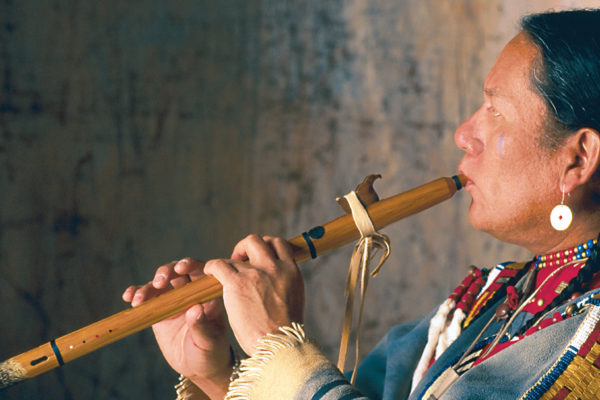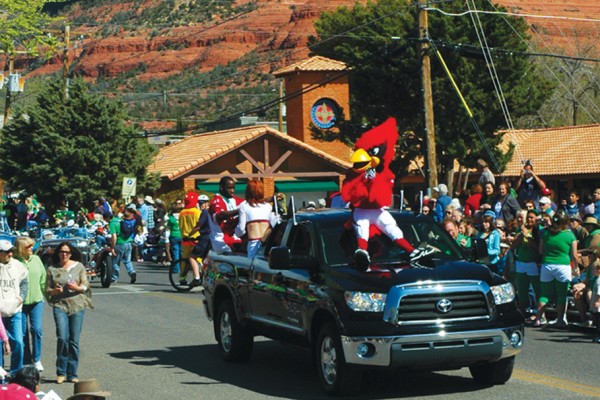Arizona Nordic Village
Arizona Nordic Village, formerly known as the Flagstaff Nordic Center, changed hands in October 2015, and last winter the cross-country-ski playground began encouraging snow bikes to come out and play. It also added snow shoes to its list of activities. What is a snow bike you ask? Wendell Johnson, former Arizona Nordic Village owner and current winter manager, says snow bikes are basically mountain bikes sporting fat tires and low air pressure. “Snow bikes are good even when we only have light snow on the ground,” says Wendell. “And we have trails packed specifically for snow biking.”
Arizona Nordic Village includes 35 miles of trails for skiing, snowshoeing and now snow biking. (You’ll need to bring your own bike.) The trails range from a 2-mile downhill run to routes geared toward beginners (most trails are rated for intermediate skiers). It also boasts 12 cabins and yurts for overnight stays. Some of the cabins are near the parking lot while others require skiing, biking or snowshoeing to reach. “The farthest one is about 2.5 miles away [from the lodge], but you climb 1,000 feet in elevation,” says Wendell. “They all have wood stoves, barbecues and picnic tables – all you have to bring is your bedding and food. Some are remote while others allow you to sit on the deck and watch skiers. I’ve even seen some people use them like you’d use a pool cabana for the day.”
Arizona Nordic Village ranges in elevation from 8,000 to 8,900 feet. Its season usually lasts through March, which is frequently the area’s snowiest month of the year. The village is open later Friday nights when everyone gets together for coffee and hot chocolate around a bonfire, and full-moon ski sessions are also offered. The village is located north of Snowbowl Road, and it’s completely off the grid – it generates its own power, and the owners have to haul in their own water. The lodge rents equipment including classic and skate skies, and lessons are available. The village is also dog friendly.
Arizona Nordic Village
16848 U.S. 180, 15 miles north of Flagstaff. Open Thursday through Sunday, 9 a.m. to 4 p.m. (Friday, 7 p.m.). Season passes range from $675 to $150. Season pass holders have 24/7 access. Day passes range from $20 to $5. For more information, call 928-220-0550 or visit www.arizonanordicvillage.com.
Arizona Snowbowl
In December 2012, after a lengthy legal battle with local Native American tribes, Arizona Snowbowl became the first ski resort in the nation to make snow using reclaimed water. It was a game changer for Snowbowl, one of the country’s oldest ski resorts (it opened in 1938). “The biggest difference it has made is that skiers in Arizona can now plan their trips because they know we will be open and have good conditions,” says J.R. Murray, Snowbowl’s general manager. “The predictability is better for the community. We sell more season passes, which means we create more skiers. It’s better for our employees – we have over 500 – and it’s better for hiring.”
The 777-acre ski resort, located on the western slope of Mt. Humphreys, the highest peak in Arizona, boasts 40 trails, three terrain parks, two day lodges and six ski lifts. It added its first new ski lift in 30 years last season, and this season marks the debut of the new Grand Canyon Express, the resort’s first high-speed lift. Skiers will be treated to views of the Grand Canyon from the mile-long lift (hence the name) as they are transported up the mountain in 6 minutes. Last year, the park also added two conveyors, which are reminiscent of the moving sidewalks at the airport. J.R, who has worked at Snowbowl for 30 years, says the conveyors are perfect for first-time skiers. “It takes away the chairlift intimidation,” he says. “Conveyors have revolutionized how people learn to ski and snowboard.” Snowbowl also offers tree skiing (basically skiing off trail), open-bowl skiing and moguls (a series of bumps that act as obstacles). The resort rents equipment and offers lessons for children and adults.
Snowbowl averages 260 inches of natural snow each year. It has a base elevation of 9,200 feet and a summit elevation of 11,500 feet. The resort normally opens for business in November and closes in mid-April (March is typically the month with the most snowfall.) Since we last wrote about the resort in 2008, both day lodges have been remodeled, and Snowbowl acquired Ski Lift Lodge, a hotel located at the base of Snowbowl Road. J.R. says there has also been a resurgence in skiers in recent years due to better technology. “Snowboarders plateaued at about 40 percent of our visitors,” says J.R. “Changes made in skis have made it more fun and easier. We’re seeing young adults gravitating toward skiing – they can do more tricks in the terrain parks.”
Though Snowbowl is known for its more challenging runs, J.R. says it has the best beginner’s area in the West: Hart Prairie. The resort has an impressive Olympic skiing and snowboarding history, too. It launched the career of Mike Jankowski, the current halfpipe and slopestyle head coach of the U.S. Freeskiing team. Phil McNichol, former head coach of the U.S. Ski Team men’s alpine division also got his start at Snowbowl.
Arizona Snowbowl
9300 N. Snowbowl Road in Flagstaff. Season passes range from $999 to $449 for adults. Lift tickets range from $75 to $42. Chairlifts operate from 9 a.m. to 4 p.m. daily. For more information, call 928-779-1951 or visit www.arizonasnowbowl.com.




